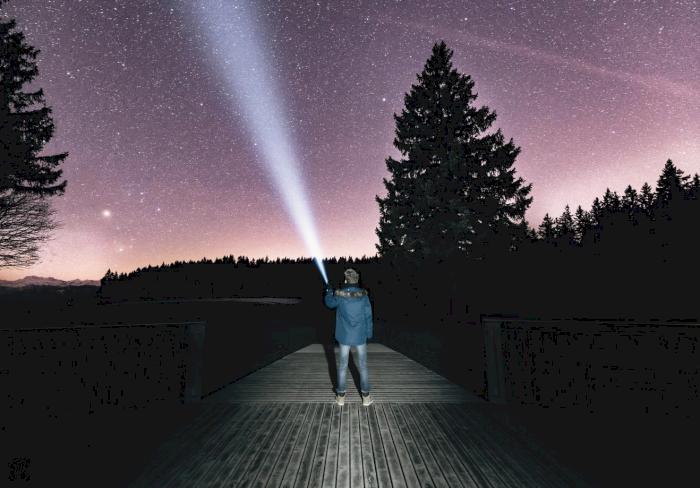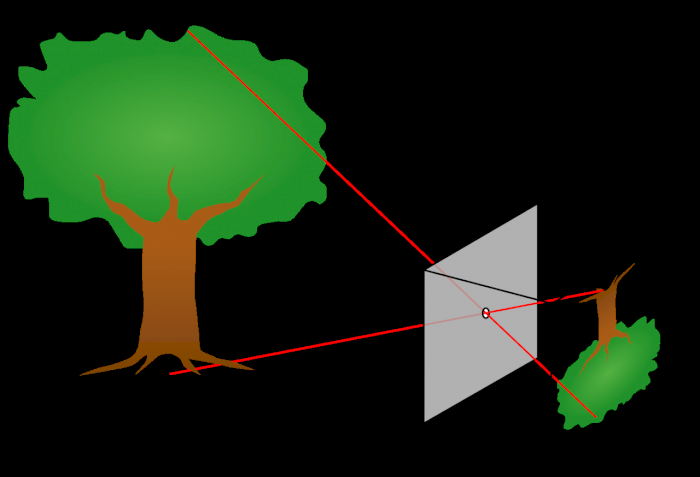Today is World UFO Day!
- Thursday July 2 2020
- General SCI
Have you ever seen something in the sky that you haven’t been able to identify? Then you've seen a UFO - or an Unidentified Flying Object!
There could be any number of explanations for the different UFOs that people have seen around the world - ranging from strange biological phenomena like swarms of bugs to astronomical phenomena like meteors, satellites or even extraterrestrial life.
What are the odds that those UFOs are aliens? What are the odds that aliens even exist? Scientists called astrobiologists are trying to figure that out right now!
Are there microbes that live in the Martian soil? Or perhaps strange space-fish that swim in the liquid water below the icy surface of Jupiter’s moon, Europa? Are the UFOs that are witnessed around Earth being controlled by hyper-intelligent aliens from distant worlds?
While it might be hard to confirm whether aliens have visited Earth using UFOs, researchers at the SETI (Search for Extraterrestrial Intelligence) Institute look to the stars to find evidence of intelligent alien life that might be trying to communicate with other distant intelligent life forms.
To aid their search, they can use the Drake Equation. According to the equation, pointing your sensors toward more habitable areas of the universe (areas with stars systems that can host planetary suitable for life systems) can help improve the odds of finding these distant intelligent life forms.
You can learn more about the Drake Equation here: https://www.seti.org/drake-equation-index
UFO Activities & Info
Check out this hands on activity our friends at NISE Net put together where you can “draw an extreme environment beyond Earth, then invent a living thing that could thrive in it” - as well as some information about NASA’s initiatives to search for life beyond Earth: https://www.nisenet.org/catalog/exploring-universe-imagining-life
Extremophiles, animals that live in extreme environments: https://www.nisenet.org/sites/default/files/catalog/uploads/ExSci_Space_ImaginingLife_cards_2up.pdf
Imagining life Drawing Sheet: https://www.nisenet.org/sites/default/files/catalog/uploads/ExSci_Space_ImaginingLife_drawingsheet_2up.pdf
Searching for Life Info Sheet: https://www.nisenet.org/sites/default/files/catalog/uploads/ExSci_Space_ImaginingLife_SearchingforLife.pdf
TRAPPIST1 Info Sheet: https://www.nisenet.org/sites/default/files/catalog/uploads/ExSci_Space_info_sheet_TRAPPIST1.pdf


